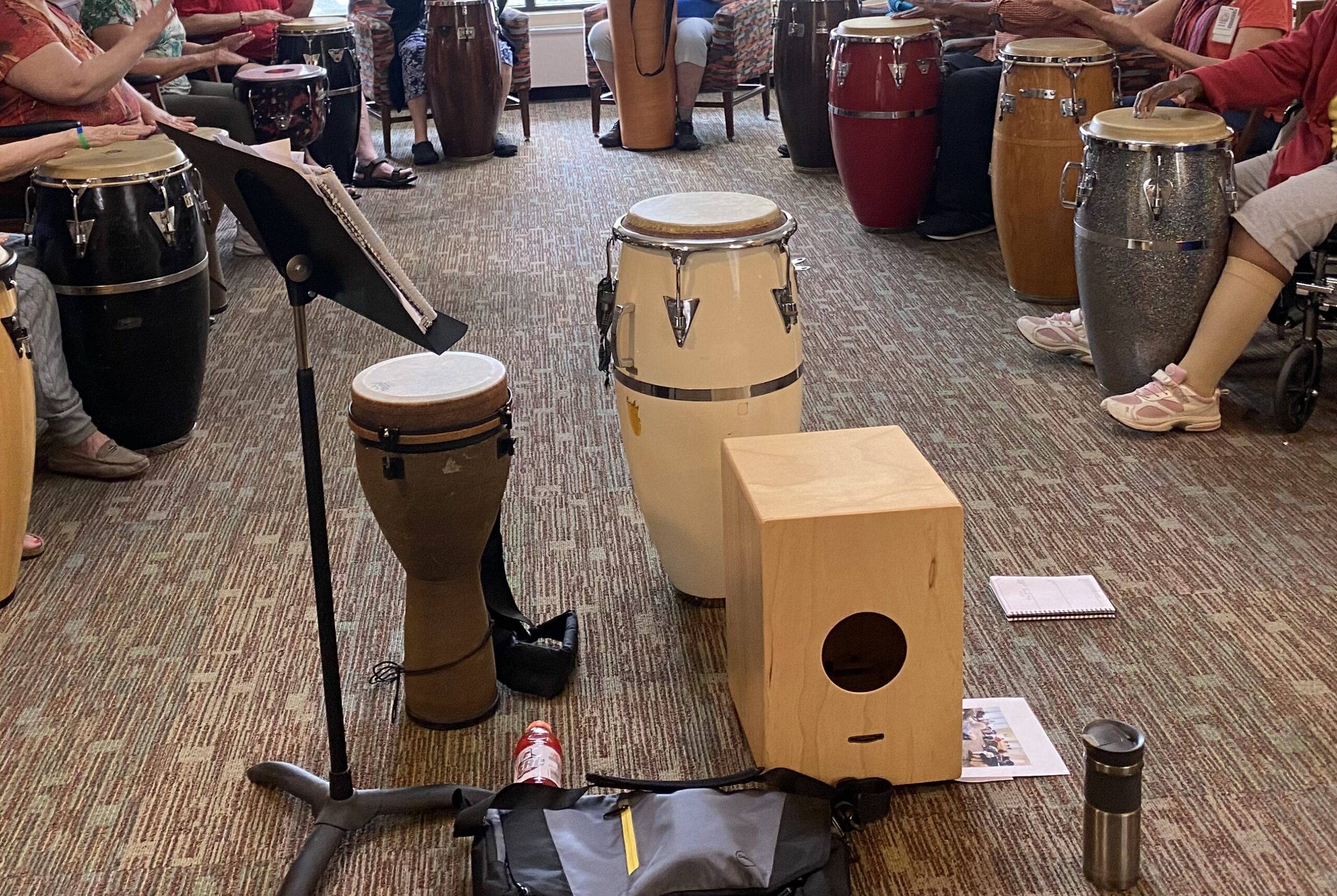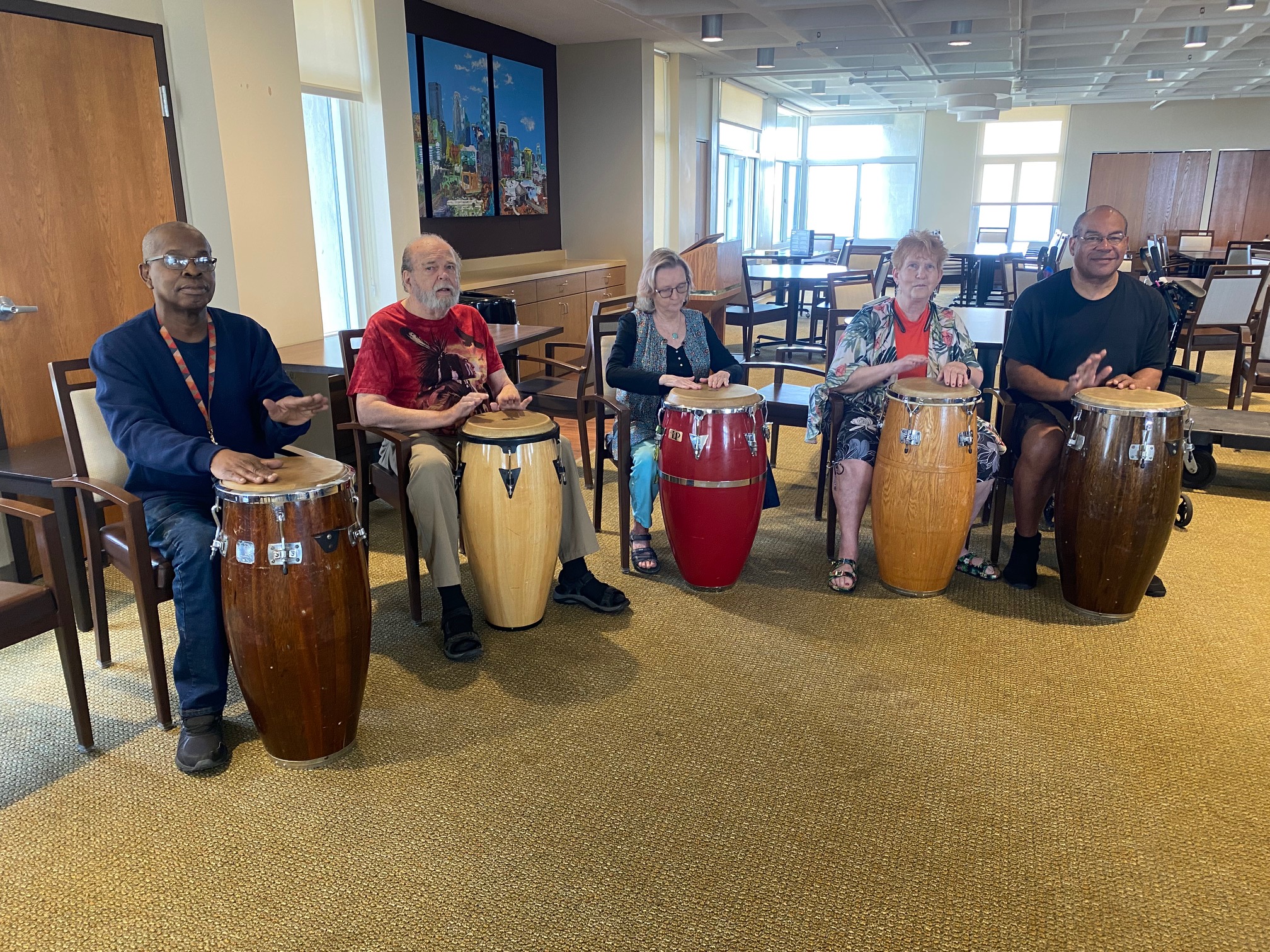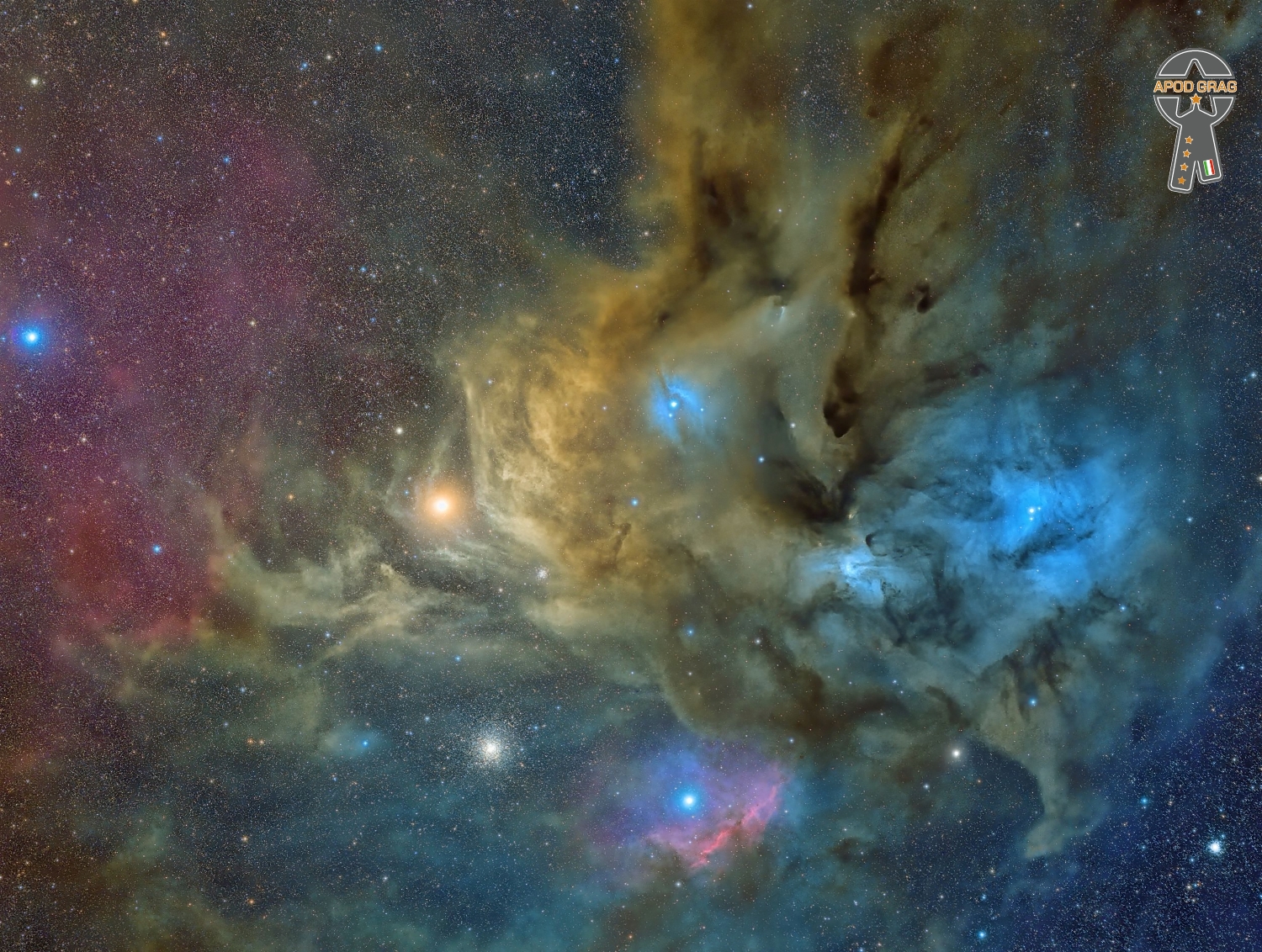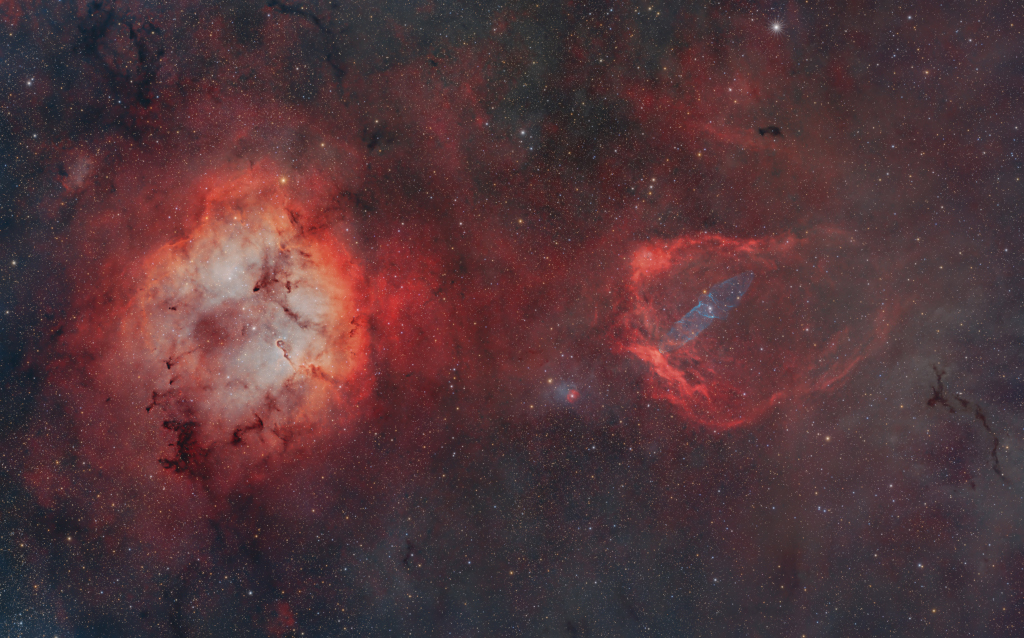Blog
John Lester Nash Jr. (August 19, 1940 – October 6, 2020) was an American singer-songwriter, best known in the United States for his 1972 hit “I Can See Clearly Now“. Primarily a reggae and pop singer, he was one of the first non-Jamaican artists to record reggae music in Kingston.
Nash was born on August 19, 1940 in Houston, Texas, the son of Eliza (Armstrong) and John Lester Nash.He sang in the choir at Progressive New Hope Baptist Church in South Central Houston as a child. Beginning in 1953, Nash sang covers of R&B hits on Matinee, a local variety show on KPRC-TV; from 1956 he sang on Arthur Godfrey‘s radio and television programs for a seven-year period. Nash was married three times, and had two children.
more...Peter Edward “Ginger” Baker (19 August 1939 – 6 October 2019) was an English drummer. His work in the 1960s and 1970s earned him the reputation of “rock’s first superstar drummer”, for a style that melded jazz and African rhythms and pioneered both jazz fusion and world music.
Baker gained early fame as a member of Blues Incorporated and the Graham Bond Organisation, both times alongside bassist Jack Bruce, with whom Baker would often clash. In 1966, Baker and Bruce joined guitarist Eric Clapton to form Cream, which achieved worldwide success but lasted only until 1968, in part due to Baker’s and Bruce’s volatile relationship. After working with Clapton in the short-lived band Blind Faith and leading Ginger Baker’s Air Force, Baker spent several years in the 1970s living and recording in Africa, often with Fela Kuti, in pursuit of his long-time interest in African music. Among Baker’s other collaborations are his work with Gary Moore, Masters of Reality, Public Image Ltd, Hawkwind, Atomic Rooster, Bill Laswell, jazz bassist Charlie Haden, jazz guitarist Bill Frisell and Ginger Baker’s Energy.
Baker’s drumming is regarded for its style, showmanship, and use of two bass drums instead of the conventional single one, after the manner of the jazz drummer Louie Bellson. In his early days, he performed lengthy drum solos, most notably in the Cream song “Toad“, one of the earliest recorded examples in rock music. Baker was an inductee of the Rock and Roll Hall of Fame as a member of Cream in 1993, of the Modern Drummer Hall of Fame in 2008, and of the Classic Drummer Hall of Fame in 2016. Baker was noted for his eccentric, often self-destructive lifestyle, and he struggled with heroin addiction for many decades. He was married four times and fathered three children.
more...James George Hunter (August 19, 1918 – May 28, 1996), known professionally as Jimmy Rowles(sometimes spelled Jimmie Rowles), was an American jazz pianist, vocalist, and composer. As a bandleader and accompanist, he explored multiple styles including swing and cool jazz.
Rowles was born in Spokane, Washington, United States, and attended Gonzaga University in that city. After moving to Los Angeles, he joined Lester Young‘s group in 1942. He also worked with Benny Goodman, Woody Herman, Les Brown, Tommy Dorsey, and Tony Bennett, and as a studio musician.
more...Edward Durham (August 19, 1906 – March 6, 1987) was an American jazz guitarist, trombonist, composer, and arranger. He was one of the pioneers of the electric guitar in jazz. The orchestras of Bennie Moten, Jimmie Lunceford, Count Basie, and Glenn Miller took great benefit from his composing and arranging skill.
With Edgar Battle he composed “Topsy“, which was recorded by Count Basie and became a hit for Benny Goodman.
In 1938, Durham wrote “I Don’t Want to Set the World on Fire” with Bennie Benjamin, Sol Marcus, and Eddie Seiler. During the 1940s, Durham created Eddie Durham’s All-Star Girl Orchestra, an African-American all female swing band that toured the United States and Canada.
more...Performing with Jayson Rodovski, Jeff Bailey, Pete Whitman and Ernest Bisong for Cantor Inbal Sharret-Singer.
more...

Messier 4 or M4 (also designated NGC 6121) is a globular cluster in the constellation of Scorpius. It was discovered by Philippe Loys de Chéseaux in 1745 and catalogued by Charles Messier in 1764. It was the first globular cluster in which individual stars were resolved.

Donald Douglas Lamond Jr. (August 18, 1920 – December 23, 2003) was an American jazz drummer.
Born in Oklahoma City, Lamond attended the Peabody Conservatory in Baltimore in the early 1940s, and played with Sonny Dunham and Boyd Raeburn at the outset of his career. In 1944, he performed baritone saxophone and drums on Charlie Parker’s ‘’The Complete Savoy and Dial Studio Recordings 1944-1948’’and he took over Dave Tough‘s spot in Woody Herman‘s big band First Herd in 1945, where he remained until the group disbanded at the end of 1946. In 1947, he briefly freelanced with musicians including Charlie Parker, and then returned to duty under Herman in his Second Herd, where he remained until its 1949 dissolution. In the 1950s and 1960s Lamond found work as a session musician, recording in a wide variety of styles. He performed and recorded with Stan Getz, Zoot Sims, Johnny Smith, Benny Goodman, Ruby Braff, the Sauter-Finegan Orchestra, Sonny Stitt, Johnny Guarnieri, Jack Teagarden, Quincy Jones, George Russell, Count Basie, Lee Wiley (where he performed drums and guitar on her 1956 album ‘’West of the Moon’’ and Bob Crosby among others. He recorded as a bandleader in 1962 with a tentet which included Doc Severinsen. Later in the 1960s he played with George Wein‘s Newport Festival band. In the 1970s, he worked with Red Norvo, Maxine Sullivan, and Bucky Pizzarelli, and also put together his own swing group late in the decade, which recorded in 1977 and 1982. He also recorded a quartet album in 1981 with his wife, Terry Lamond, singing.
He died in 2003 in Orlando, Florida, from a brain tumor, at age 83.
more...
Enoch Henry Light (August 18, 1907 – July 31, 1978) was an American classically trained violinist, danceband leader, and recording engineer. As the leader of various dance bands that recorded as early as March 1927 and continuing through at least 1940, Light and his band primarily worked in various hotels in New York. For a time in 1928 he also led a band in Paris. In the 1930s Light also studied conducting with the French conductor Maurice Frigara in Paris.
Throughout the 1930s, Light and his outfits were steadily employed in the generally more upscale hotel restaurants and ballrooms in New York that catered to providing polite ambiance for dining and functional dance music of current popular songs rather than out-and-out jazz.
At some point his band was tagged The Light Brigade and they often broadcast over radio live from the Hotel Taft in New York, where they had a long residency. Through 1940, Light and his band recorded for various labels including Brunswick, ARC, Vocalion and Bluebird. In 1955, Light founded Grand Award Records and served as president and A&R chief. In 1959 he founded a subsidiary label, Command Records. Grand Award and its subsidiary labels were sold to ABC-Paramount Records in October 1959. Light’s name was prominent on many albums both as musician and producer.
Light was born in Canton, Ohio, on August 18, 1907. While he was a student at Johns Hopkins University, he formed his initial orchestra. When he took that group on tours of Europe in 1928 and 1929, he studied classical conducting at the Mozarteum in Salzburg and the Opera Comique in Paris. He also studied at Ohio State University and the University of Pittsburgh.
more...Antonio Salieri (18 August 1750 – 7 May 1825) was an Italian composer and teacher of the classical period. He was born in Legnago, south of Verona, in the Republic of Venice, and spent his adult life and career as a subject of the Habsburg monarchy.
Salieri was a pivotal figure in the development of late 18th-century opera. As a student of Florian Leopold Gassmann, and a protégé of Christoph Willibald Gluck, Salieri was a cosmopolitan composer who wrote operas in three languages. Salieri helped to develop and shape many of the features of operatic compositional vocabulary, and his music was a powerful influence on contemporary composers.
Appointed the director of the Italian opera by the Habsburg court, a post he held from 1774 until 1792, Salieri dominated Italian-language opera in Vienna. During his career, he also spent time writing works for opera houses in Paris, Rome, and Venice, and his dramatic works were widely performed throughout Europe during his lifetime. As the Austrian imperial Kapellmeister from 1788 to 1824, he was responsible for music at the court chapel and attached school. Even as his works dropped from performance, and he wrote no new operas after 1804, he still remained one of the most important and sought-after teachers of his generation, and his influence was felt in every aspect of Vienna’s musical life. Franz Liszt, Franz Schubert, Ludwig van Beethoven, Anton Eberl, Johann Nepomuk Hummel and Franz Xaver Wolfgang Mozart were among the most famous of his pupils. Salieri’s music slowly disappeared from the repertoire between 1800 and 1868 and was rarely heard after that period until the revival of his fame in the late 20th century. This revival was due to the fictionalized depiction of Salieri in Peter Shaffer‘s play Amadeus (1979) and its 1984 film version. The death of Wolfgang Amadeus Mozart in 1791 at the age of 35 was followed by rumors that he and Salieri had been bitter rivals, and that Salieri had poisoned the younger composer, yet it has been suggested this is false, and it is likely that they were, at least, mutually respectful peers.
more...The Soleá is a slow, solemn, and majestic flamenco form that likely comes from the Spanish word soledad, meaning solitude or loneliness. Tragedy, death, and desperation are the common subject matter for the Soleá cante (singers). Guitarists evoke these feelings in their playing as well. This tragic form is also known as the “Cante Jondo” category.
The Soleá is synonymous with the Soleares, known as the “Mother of Flamenco”. Flamenco guitarists usually begin their study with the Soleá since it has a relatively slow BPM (usually 50-110BPM). As a result, students have ample time to feel comfortable with the compás accents.
more...Sprawling emission nebulae IC 1396 and Sh2-129 mix glowing interstellar gas and dark dust clouds in this nearly 12 degree wide field of view toward the northern constellation Cepheus the King. Energized by its central star IC 1396 (left), is hundreds of light-years across and some 3,000 light-years distant. The nebula’s intriguing dark shapes include a winding dark cloud popularly known as the Elephant’s Trunk below and right of center. Tens of light-years long, it holds the raw material for star formation and is known to hide protostars within. Located a similar distance from planet Earth, the bright knots and swept back ridges of emission of Sh2-129 on the right suggest its popular name, the Flying Bat Nebula. Within the Flying Bat, the most recently recognized addition to this royal cosmic zoo is the faint bluish emission from Ou4, the Giant Squid Nebula. Near the lower right edge of the frame, the suggestive dark marking on the sky cataloged as Barnard 150 is also known as the dark Seahorse Nebula.

more...
Luther Allison (August 17, 1939 – August 12, 1997) was an American blues singer-songwriter and guitarist. He was born in Widener, Arkansas, although some accounts suggest his actual place of birth was Mayflower, Arkansas. Allison was interested in music as a child and during the late 1940s he toured in a family gospel group called The Southern Travellers. He moved with his family to Chicago in 1951 and attended Farragut High School where he was classmates with Muddy Waters‘ son. He taught himself guitar and began listening to blues extensively. Three years later he dropped out of school and began hanging around outside blues nightclubs with the hopes of being invited to perform. Allison played with the bands of Howlin’ Wolf and Freddie King, taking over King’s band when King toured nationally. He worked with Jimmy Dawkins, Magic Sam and Otis Rush, and also backed James Cotton. Chicago Reader has called him “the Jimi Hendrix of blues guitar”.
Luther Sylvester Allison was born on August 18, 1939, in Widener, Arkansas, the fourteenth of 15 children. His family moved to Chicago when he was 12, in search of better opportunities. Several of Allison’s siblings sang in a gospel group called the Southern Travellers. One of his older brothers, Ollie, soon began working as a guitarist on Chicago’s booming South Side blues scene. Seeking to emulate his brother, Luther took up the guitar himself. By the middle of his teens, Allison was good enough to sit in with his brother’s band on club dates. During his tour in the summer of 1997, Allison checked into a hospital on July 10, 1997 for dizziness and loss of coordination. It was discovered that he had a tumor on his lung that had metastasized to his brain. He began radiation therapy on July 16, which lasted through August 1. In and out of a coma, Allison died at around 2:30 A.M. on August 12, 1997
more...Floyd Westerman, also known as Kanghi Duta (“Red Crow” in Dakota) (August 17, 1936 – December 13, 2007), was a Dakota Sioux musician, political activist, and actor. After establishing a career as a country music singer, later in his life he became an actor, usually depicting Native American elders in American films and television. He is also credited as Floyd Red Crow Westerman. As a political activist, he spoke and marched for Native American causes.
He was born Floyd Westerman on the Lake Traverse Indian Reservation, home of the Sisseton Wahpeton Oyate, a federally recognized tribe that is one of the sub-tribes of the Eastern Dakota section of the Great Sioux Nation, located in the U.S. state of South Dakota. His Indigenous name Kanghi Duta means “Red Crow” in the Dakota language (which is one of the three related Siouan languages of the Great Plains).
At the age of 10, Westerman was sent to the Wahpeton Boarding School, where he first met Dennis Banks(who as an adult became a leader of the American Indian Movement). There Westerman and the other children were forced to cut their traditionally long hair and forbidden to speak their native languages. This experience would profoundly impact Westerman’s development and entire life. As an adult, he reclaimed his heritage and became an outspoken advocate for Indigenous cultural preservation.
Westerman graduated from Northern State University with a B.A. degree in secondary education. He served two years in the US Marines, before beginning his career as a country singer.
more...Columbus Calvin “Duke” Pearson Jr. (August 17, 1932 – August 4, 1980) was an American jazz pianist and composer. Allmusic describes him as having a “big part in shaping the Blue Note label’s hard bopdirection in the 1960s as a record producer.”
Pearson was born Columbus Calvin Pearson Jr. in Atlanta, Georgia, United States, to Columbus Calvin and Emily Pearson. The moniker “Duke” was given to him by his uncle, who was a great admirer of Duke Ellington. Before he was six, his mother started giving him piano lessons. He studied the instrument until he was twelve, when he took an interest in brass instruments: mellophone, baritone horn and ultimately trumpet. He was so fond of the trumpet that through high school and college he neglected the piano. He attended Clark College while also playing trumpet in groups in the Atlanta area. While in the U.S. Army, during his 1953–54 draft, he continued to play trumpet and met, among others, the pianist Wynton Kelly.Pearson himself confessed in a 1959 interview that he was “so spoiled by Kelly’s good piano” that he decided to switch to piano again. Also, it seems that dental problems forced him to give up brass instruments. He was diagnosed with multiple sclerosis in the 1970s, from which he died in 1980 at Atlanta Veterans Hospital.
more...Jack Sperling (August 17, 1922 – February 26, 2004) was an American jazz drummer who performed as a sideman in big bands and as a studio musician for pop and jazz acts, movies, and television.
In 1941 he played with trumpeter Bunny Berigan. After World War II, he and Henry Mancini joined the Glenn Miller band when it was led by Tex Beneke. Sperling drew attention with his performance on the song St. Louis Blues (1948). He then joined Les Brown and His Band of Renown, which played regularly for the Bob Hope radio program. Sperling and other members of Brown’s band joined Dave Pell‘s octet in 1953. He recorded with octet on Plays Irving Berlin (1953) and on The Original Reunion of the Glenn Miller Orchestra (1954). From 1954–57, he was a member of Bob Crosby‘s Bobcats. During the rest of his career, he worked in bands led by Charlie Barnet, Page Cavanaugh, Pete Fountain, and Benny Goodman.
more...More Posts
- World Music with Zaiko Langa Langa
- Daily Roots with Sonny Binns & the Rudies
- Shabbat for the Soul at Mt Zion
- Echos of Freedom by Albert Camus
- The Cosmos with NGC 4565
- Joe La Barbera Day
- Ernie K Doe Day
- Buddy Tate Day
- World Music with Sabicas
- Daily Roots with the Music Doctors
- Echos of Freedom by Nikki Giovanni
- The Cosmos with VDB9
- Eddie Higgins Day
- Corey Harris Day
- Nina Simone Day
- World Music with Pierre Akendengue
- Daily Roots with Sir Collins
- Echos of Freedom by Eldridge Cleaver
- The Cosmos with Eta Carinae
- Leroy Jones Day